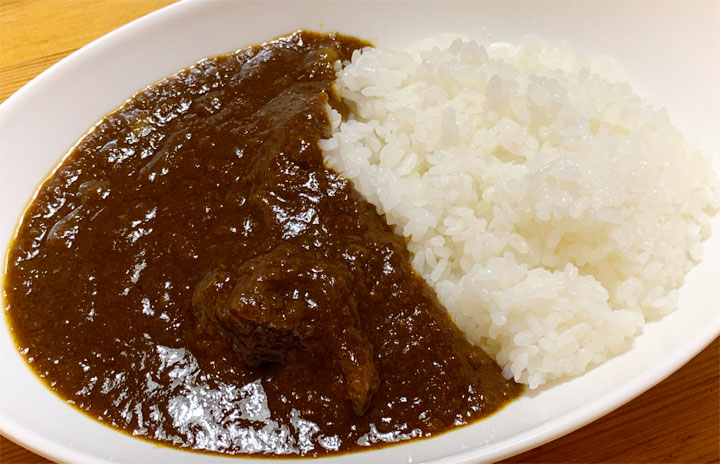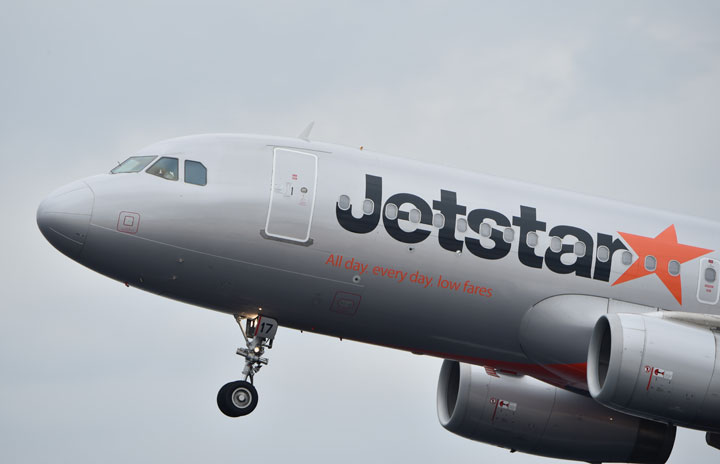Carbon monoxide and nitrogen oxide pollution have fallen sharply in Hong Kong since it introduced a world-first scheme to detect and repair vehicles with the highest emissions
Technology
2 February 2022
By Alice Klein
A busy road in Hong Kong picturelibrary / Alamy Stock Photo
Hong Kong has improved its air quality by using roadside sensors to detect vehicles with the dirtiest fumes and forcing owners to get them fixed.
Vehicles that run on petrol and diesel emit harmful chemicals like carbon monoxide, nitrogen oxides and hydrocarbons. New cars have technology for reducing these emissions, but they can become more polluting over time. Many older cars that are still on the roads are heavy emitters.
To identify the worst-offending vehicles, Hong Kong installed sensors on highway ramps that use infrared and ultraviolet beams to detect carbon monoxide, nitrogen oxide and hydrocarbon levels in tailpipe exhausts of passing vehicles.
Cameras capture the licence plates of the most polluting vehicles so their owners can be notified. Owners must repair their vehicles and pass an emissions test, paid for themselves, before their vehicles are allowed back on the road.
Since the enforcement programme began in September 2014, more than 16,000 high-emissions vehicles have been detected and 96 per cent have been fixed and passed the compulsory emissions test, according to an analysis led by Yuhan Huang at the University of Technology Sydney in Australia.
The scheme has rapidly improved air quality in Hong Kong. In 2015, independent monitoring found that average concentrations of carbon monoxide and nitrogen oxides at roadside locations had dropped by 26 and 27 per cent respectively compared to 2012 levels.
Figures from a separate monitoring programme, the Hong Kong Air Pollutant Emission Inventory, also show that carbon monoxide and nitrogen oxide emissions from road transport declined, by 50 and 34 per cent respectively, between 2012 and 2015.
Several European countries are experimenting with using roadside sensors to monitor vehicle pollution, but Hong Kong is the first to use them for enforcement purposes, says Huang.
He believes the technology should be adopted in other countries since it is relatively low cost and offers a quick and straightforward way to clean up the air. “I think it’s an especially good idea in big cities like Beijing, which have serious air pollution problems from transport,” he says.
Journal reference: Science Advances, DOI: 10.1126/sciadv.abl7575
More on these topics:
Note: This article have been indexed to our site. We do not claim legitimacy, ownership or copyright of any of the content above. To see the article at original source Click Here












